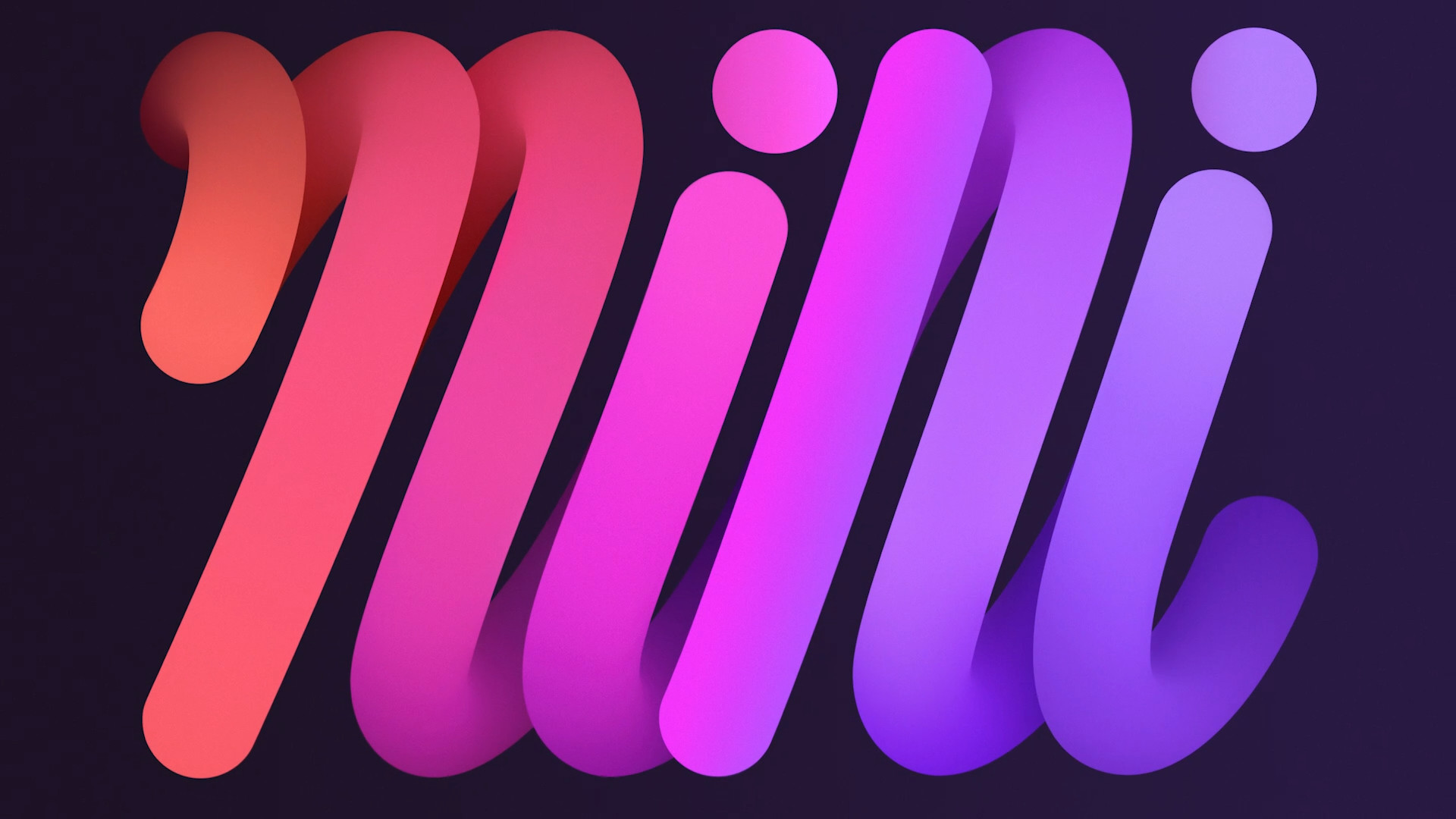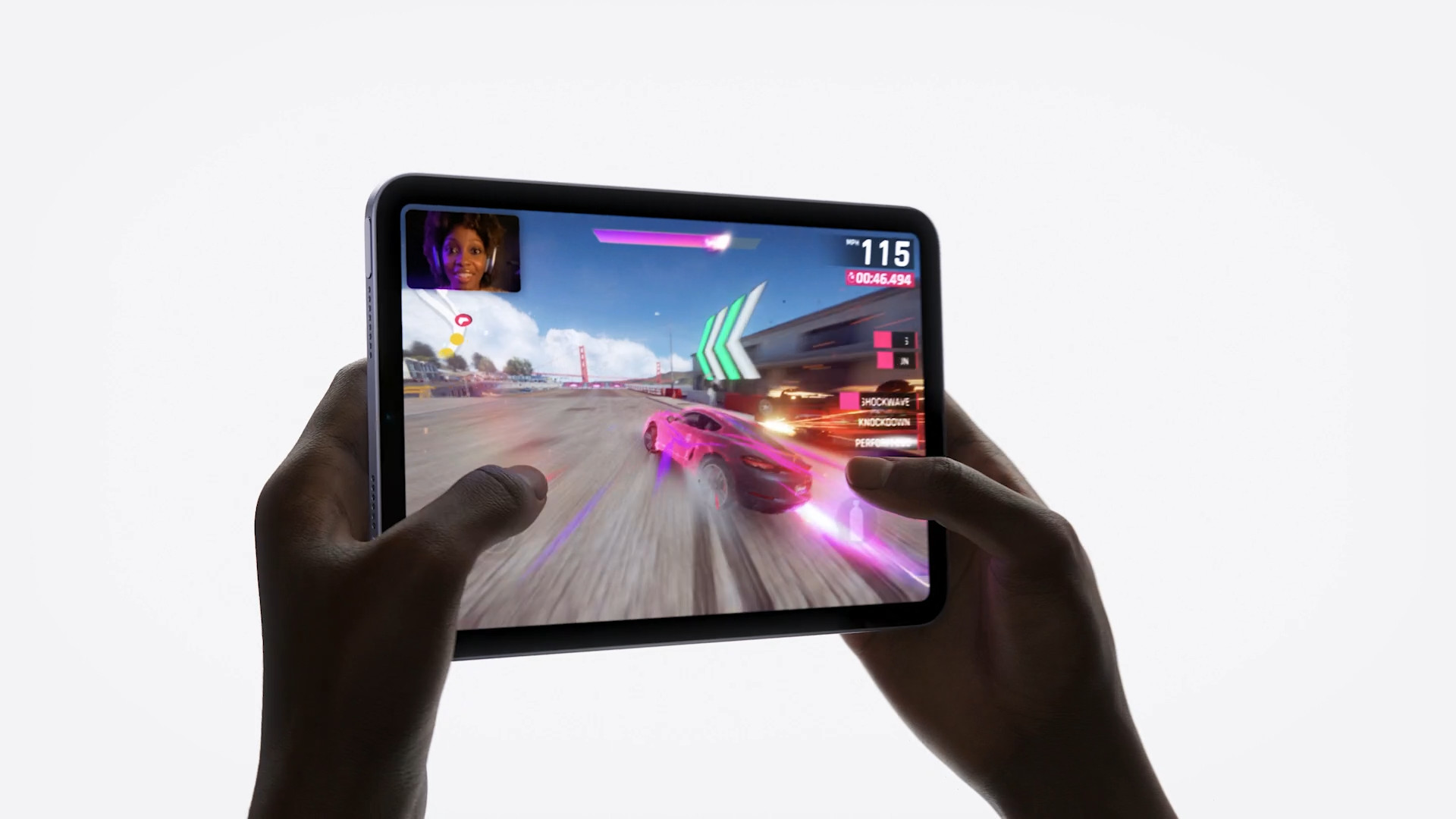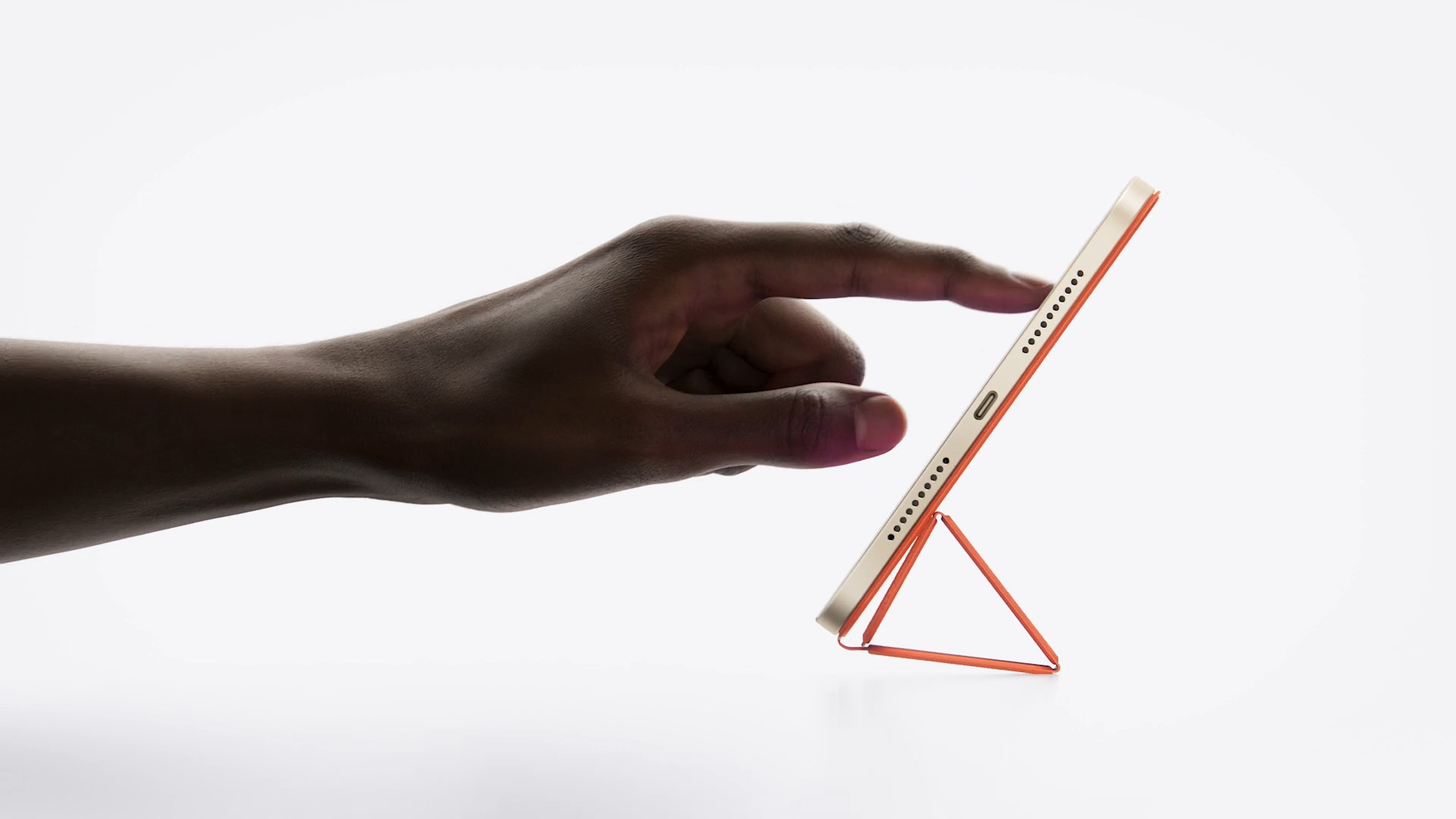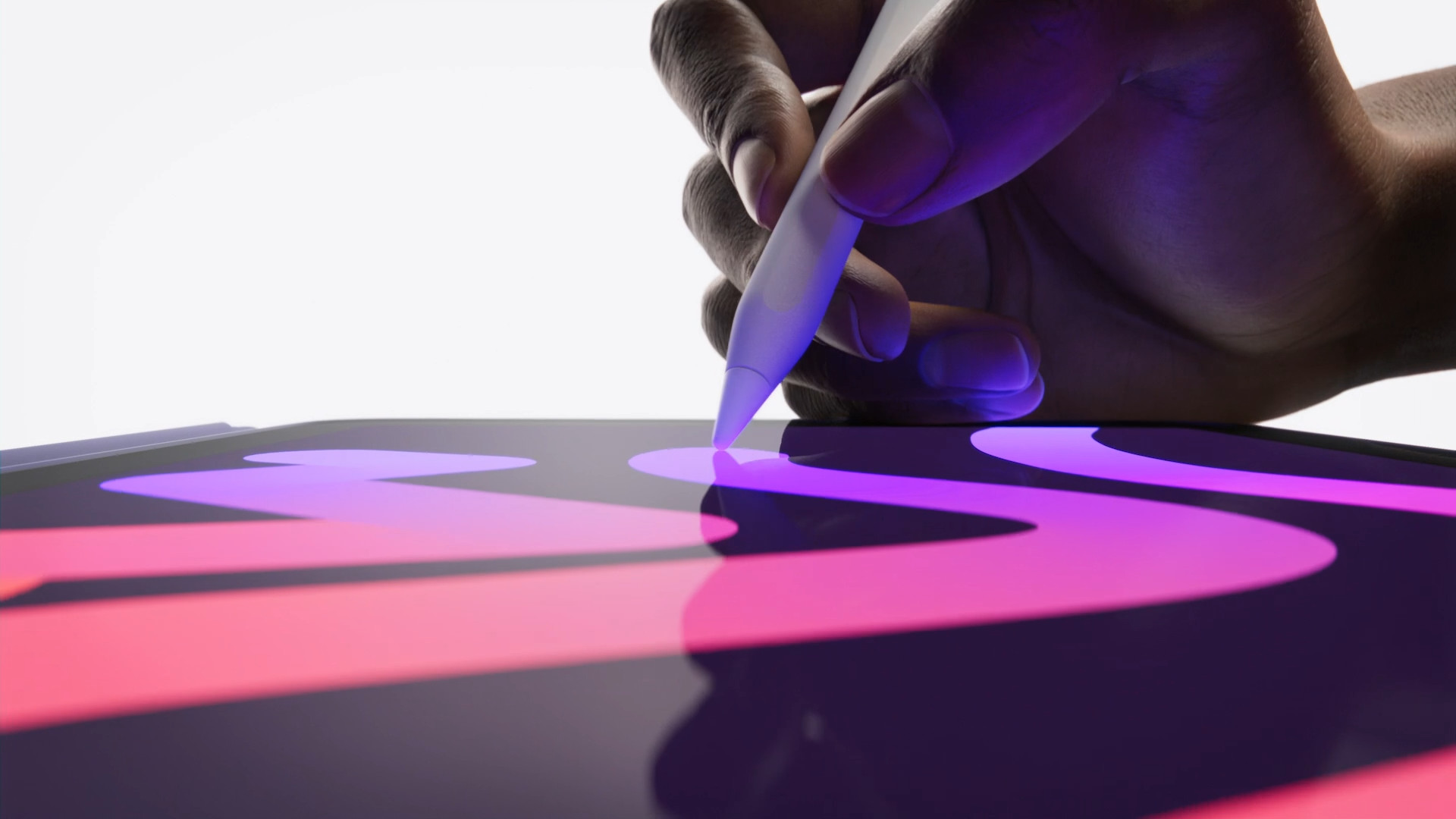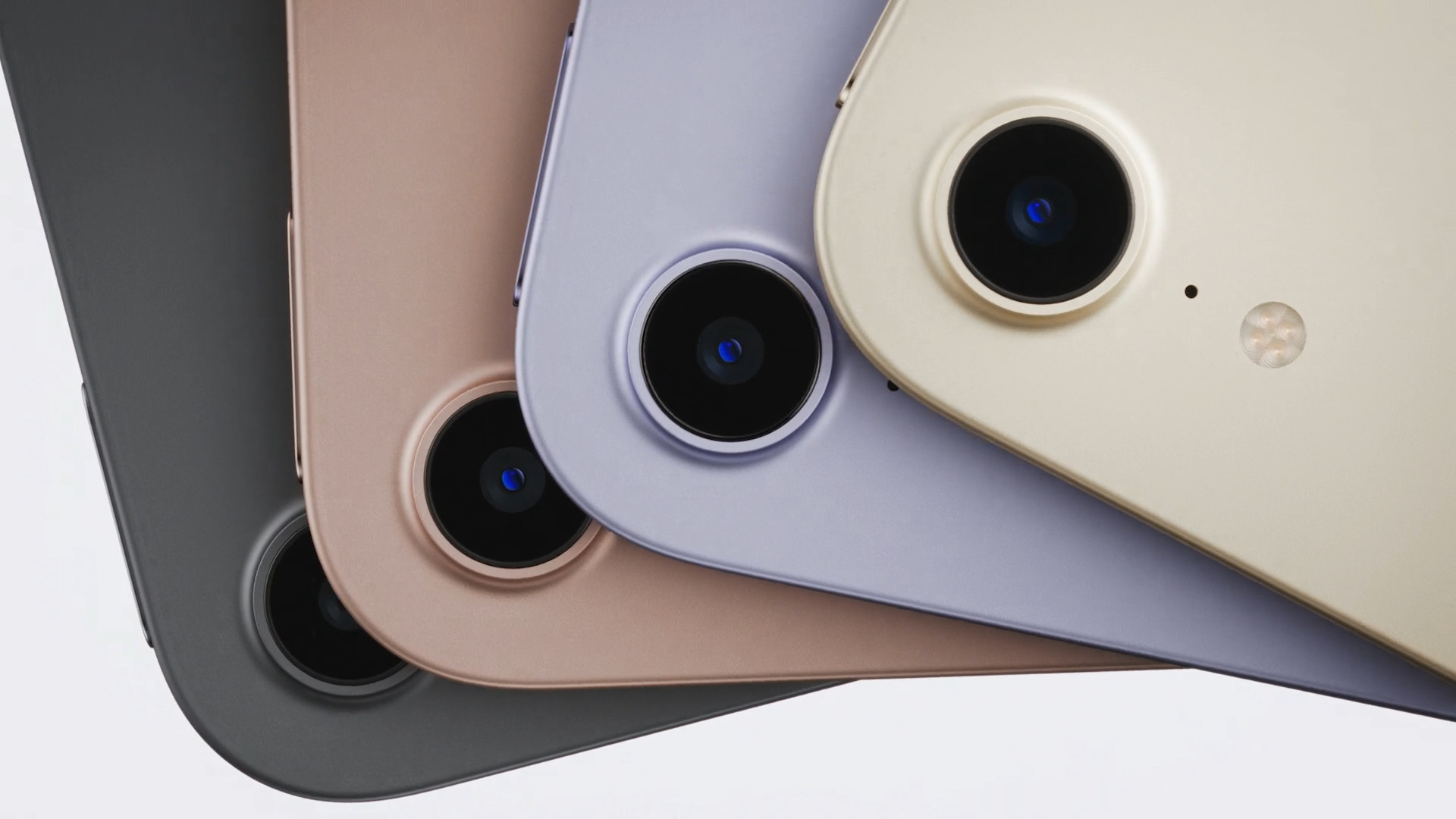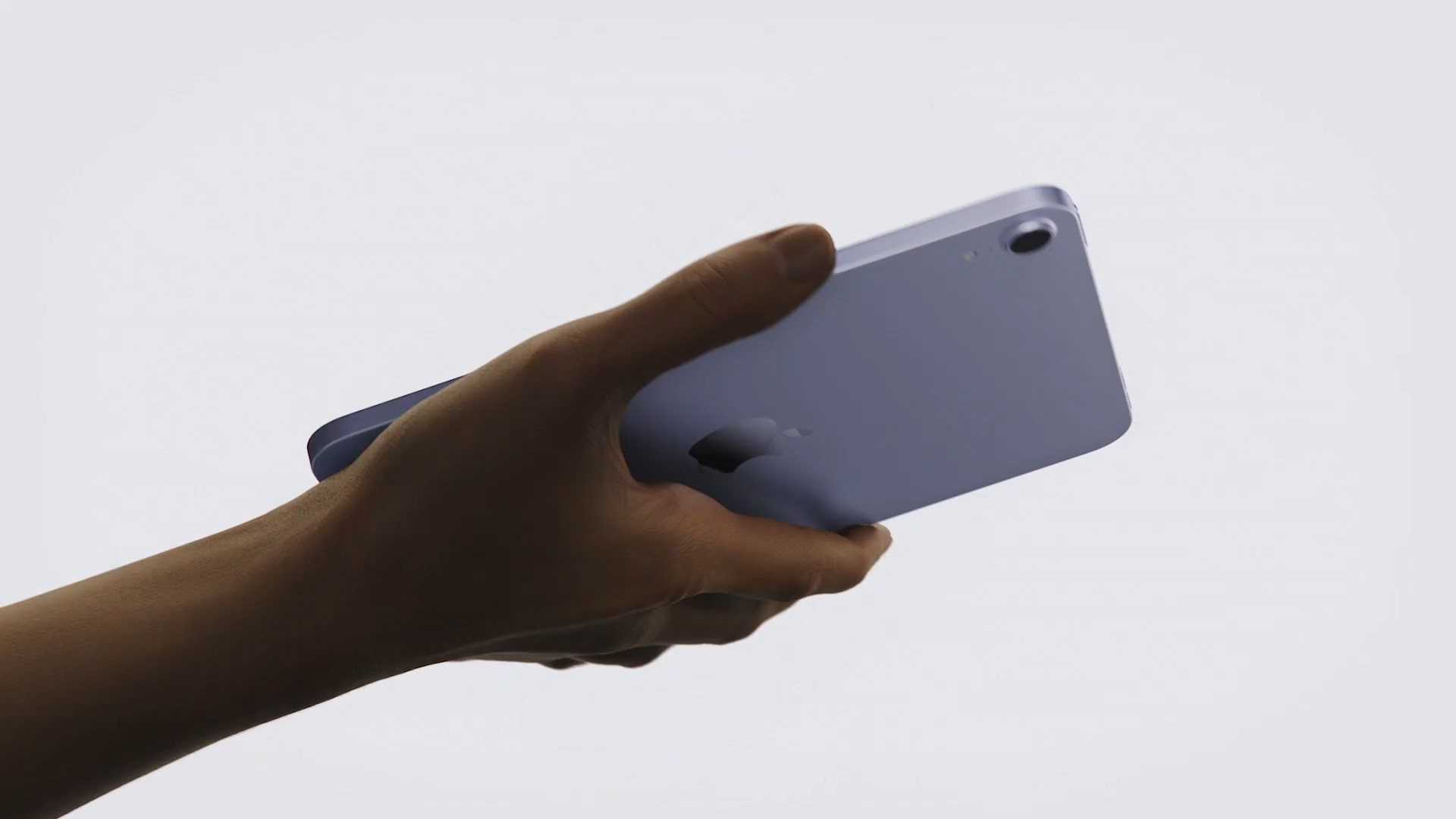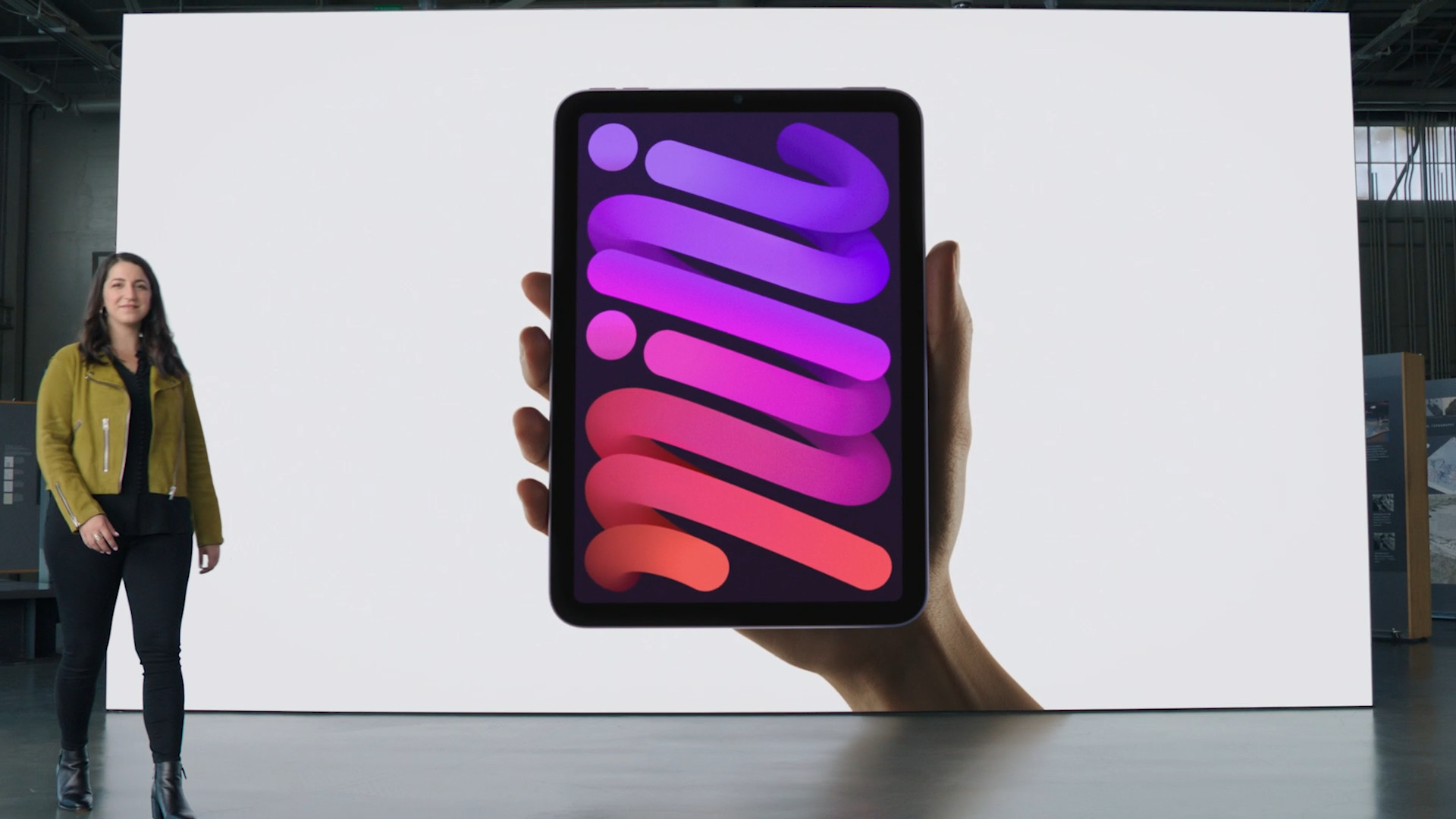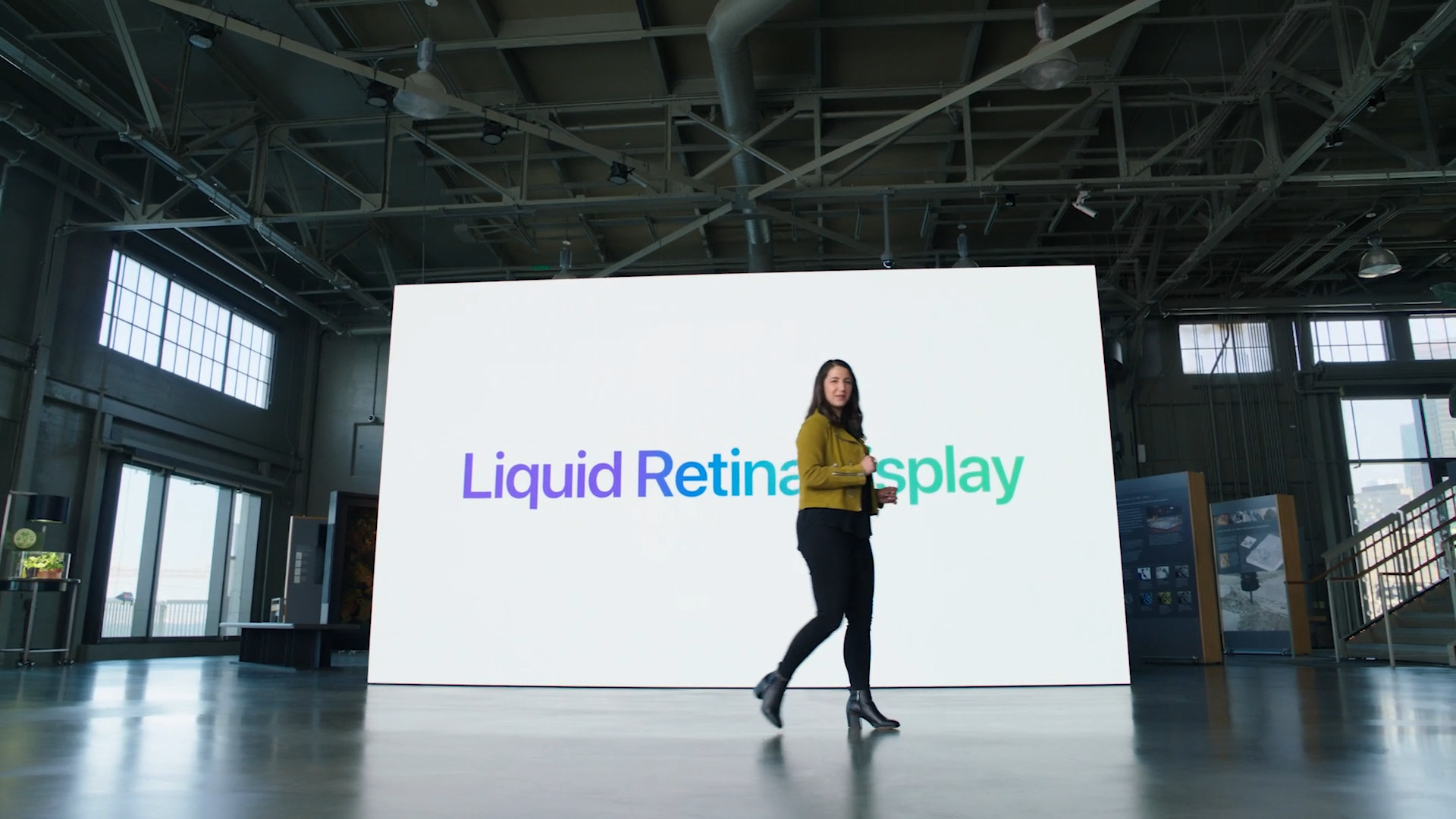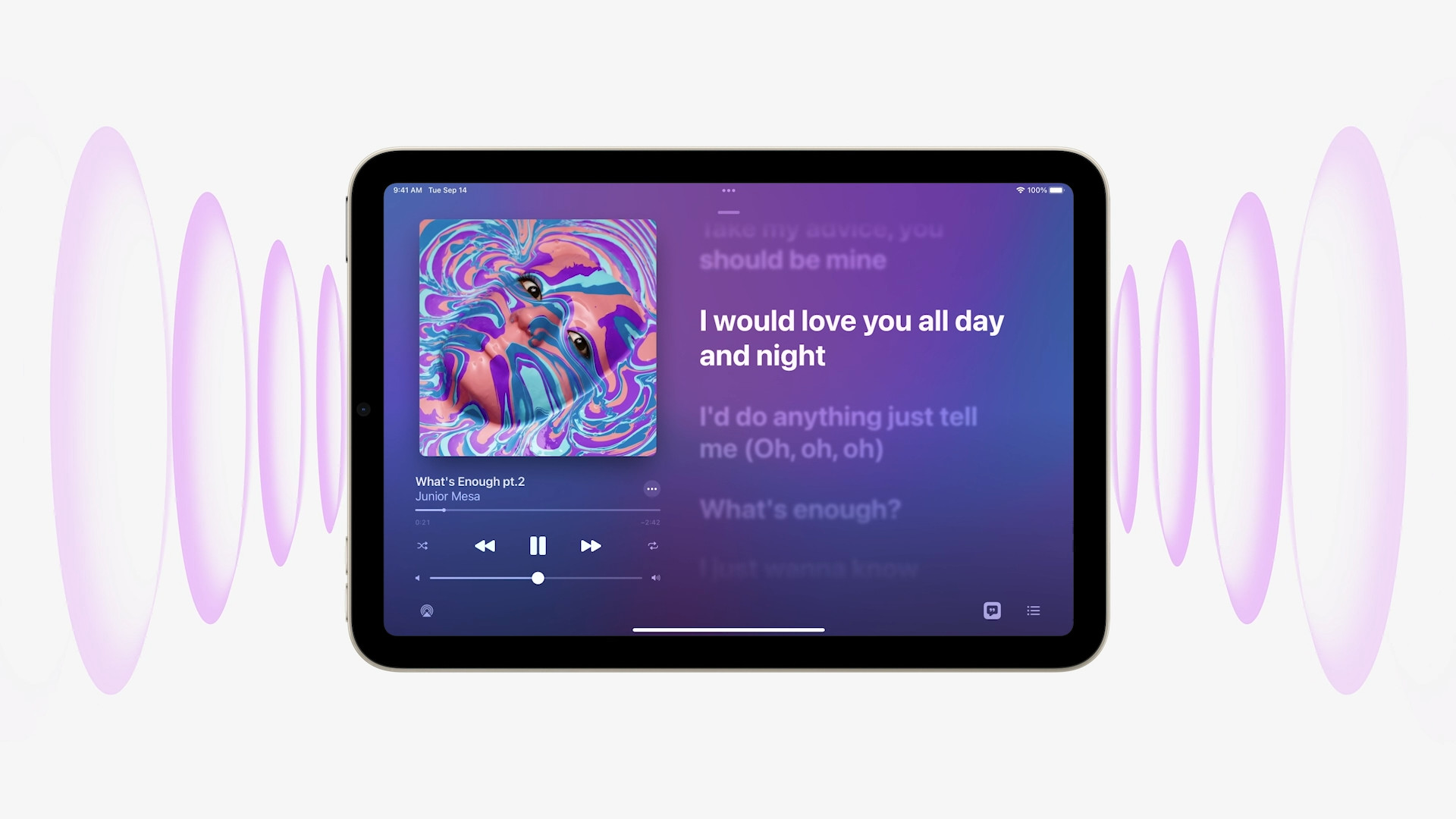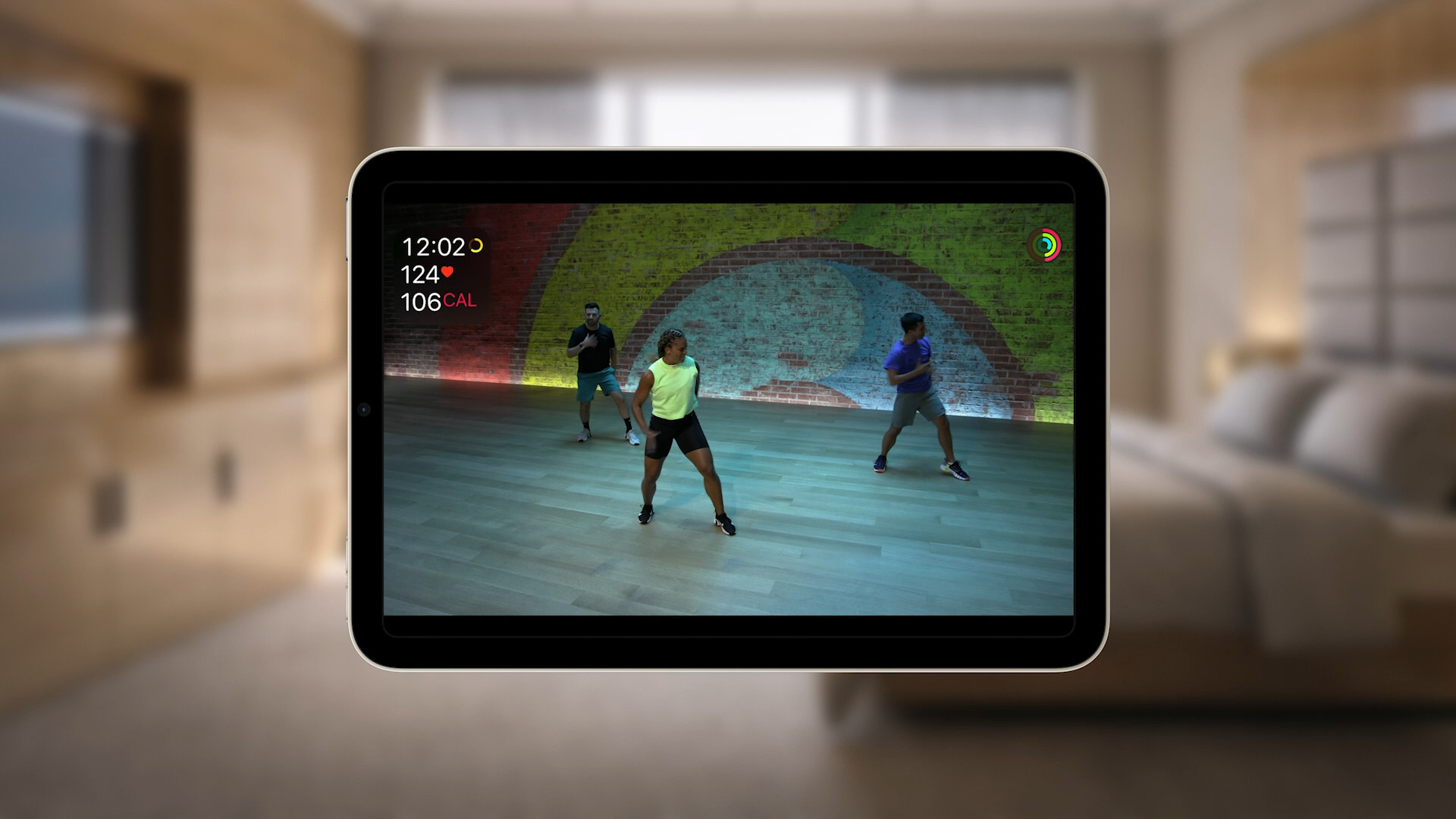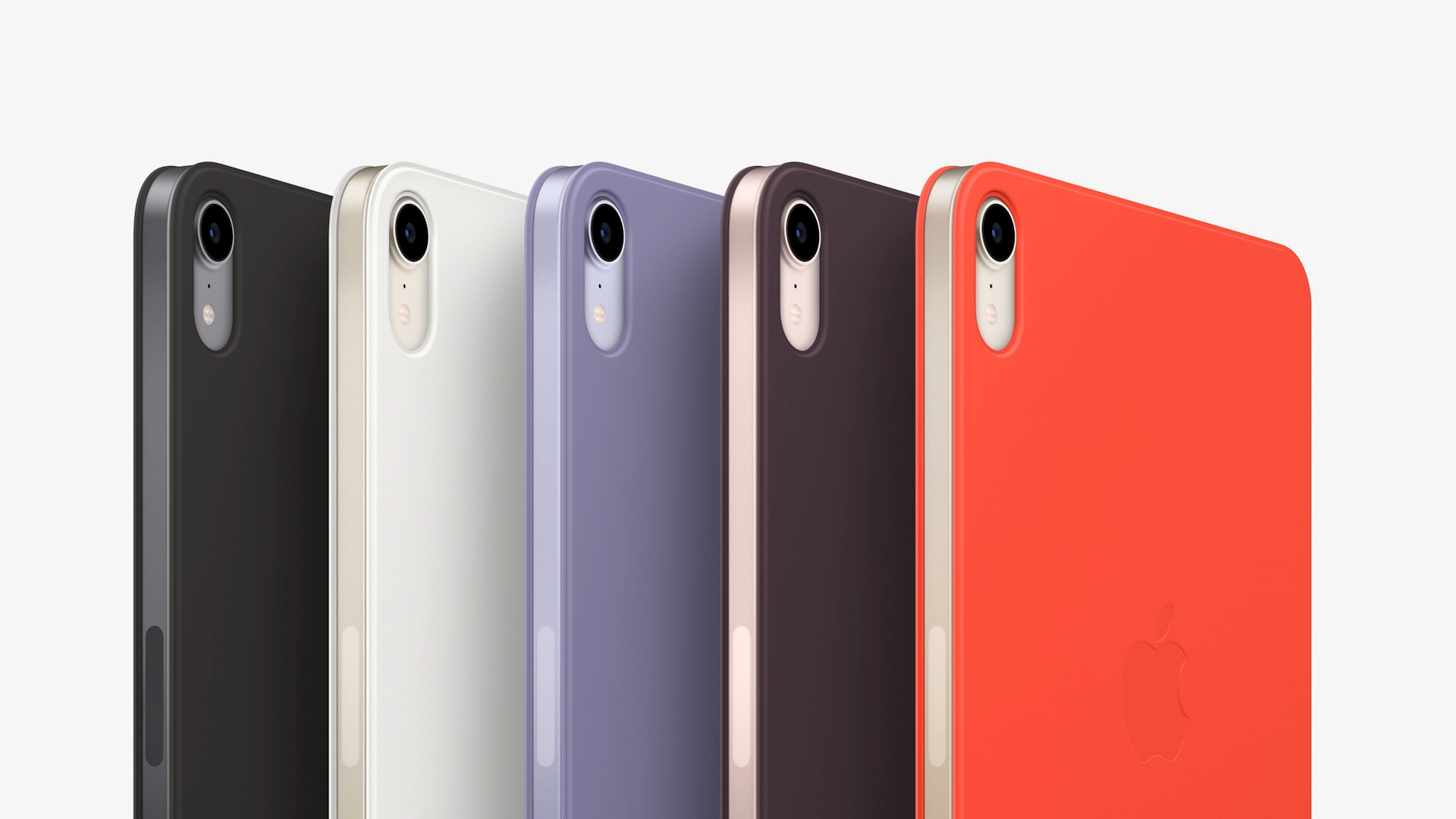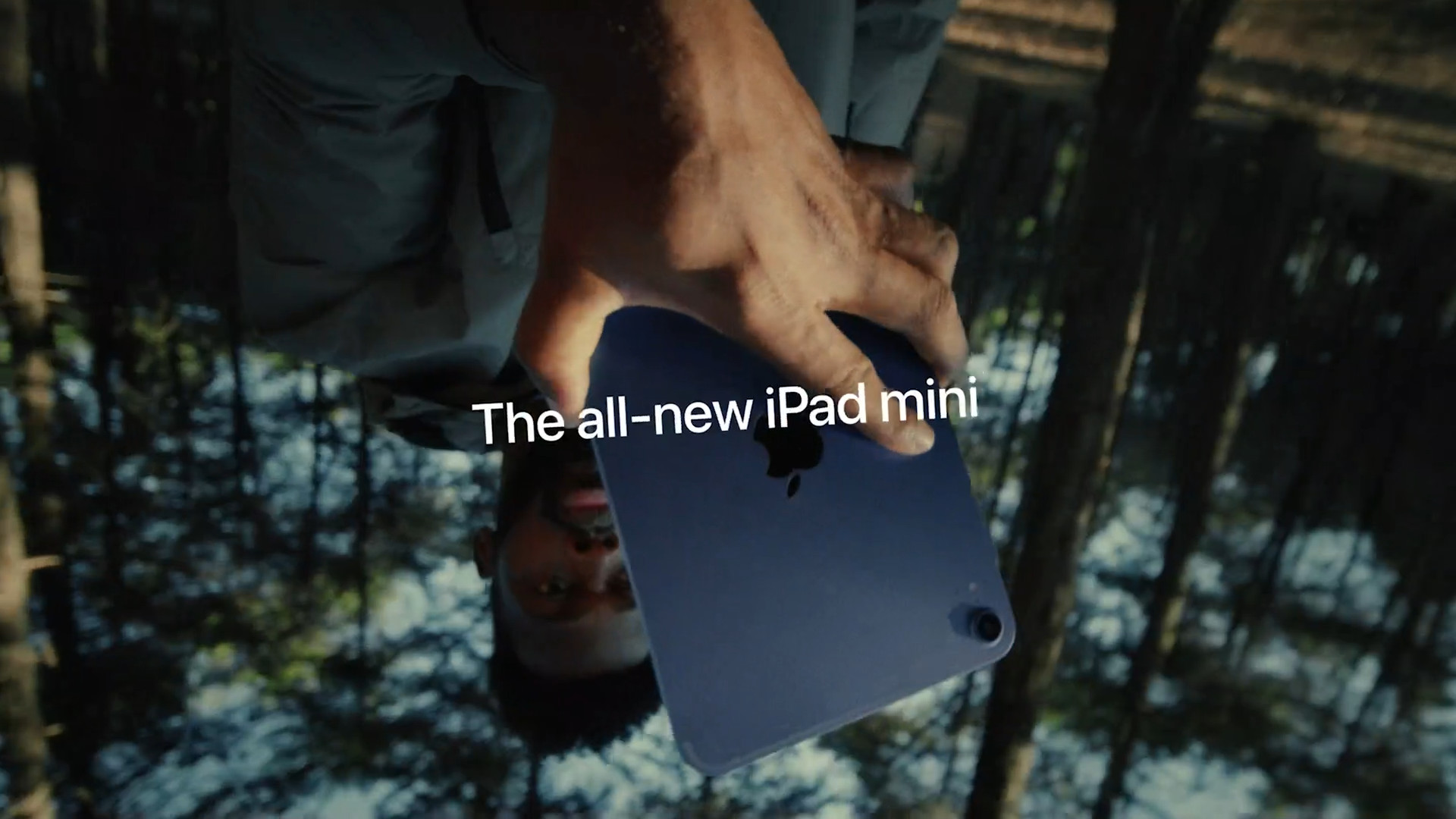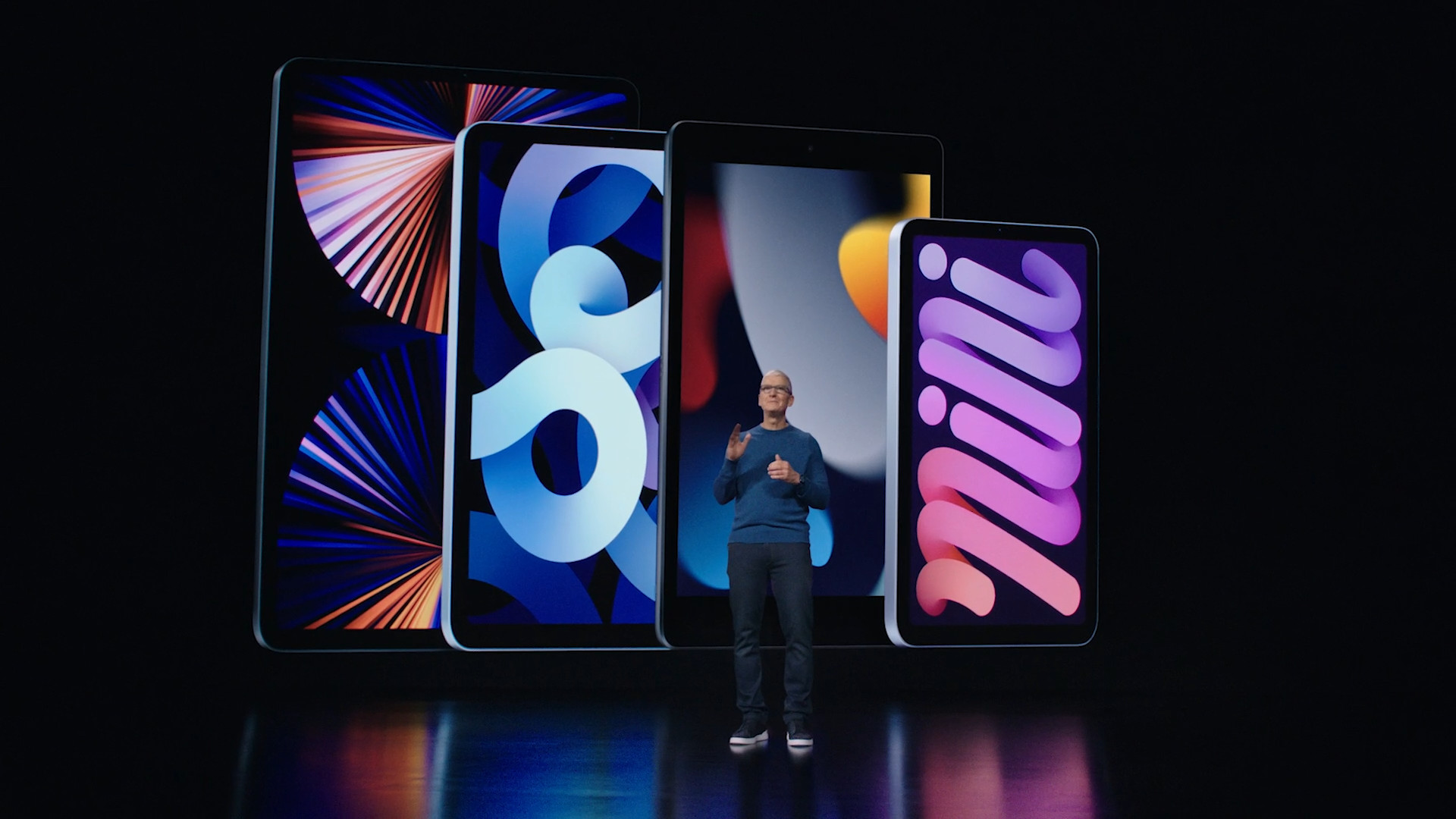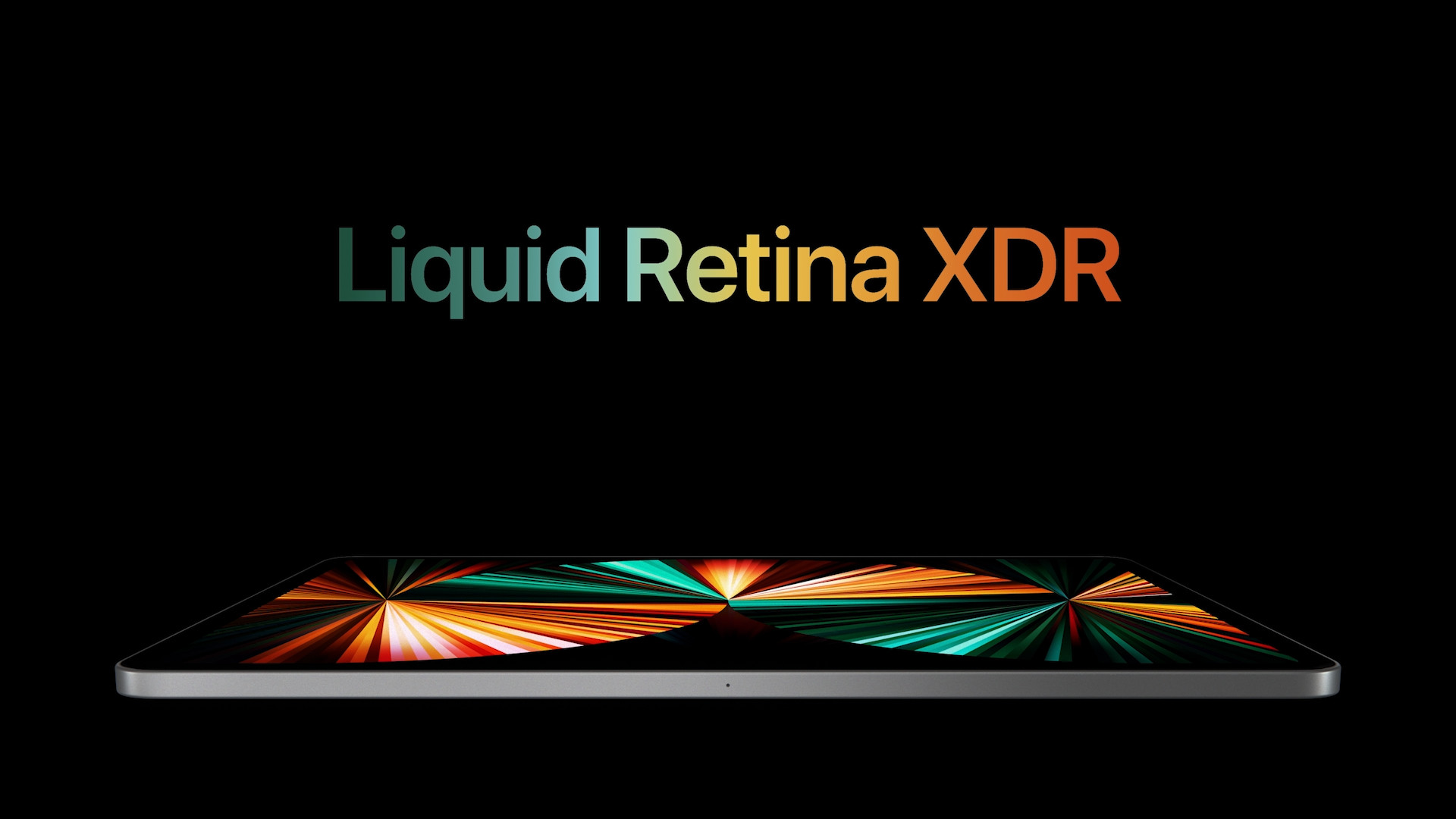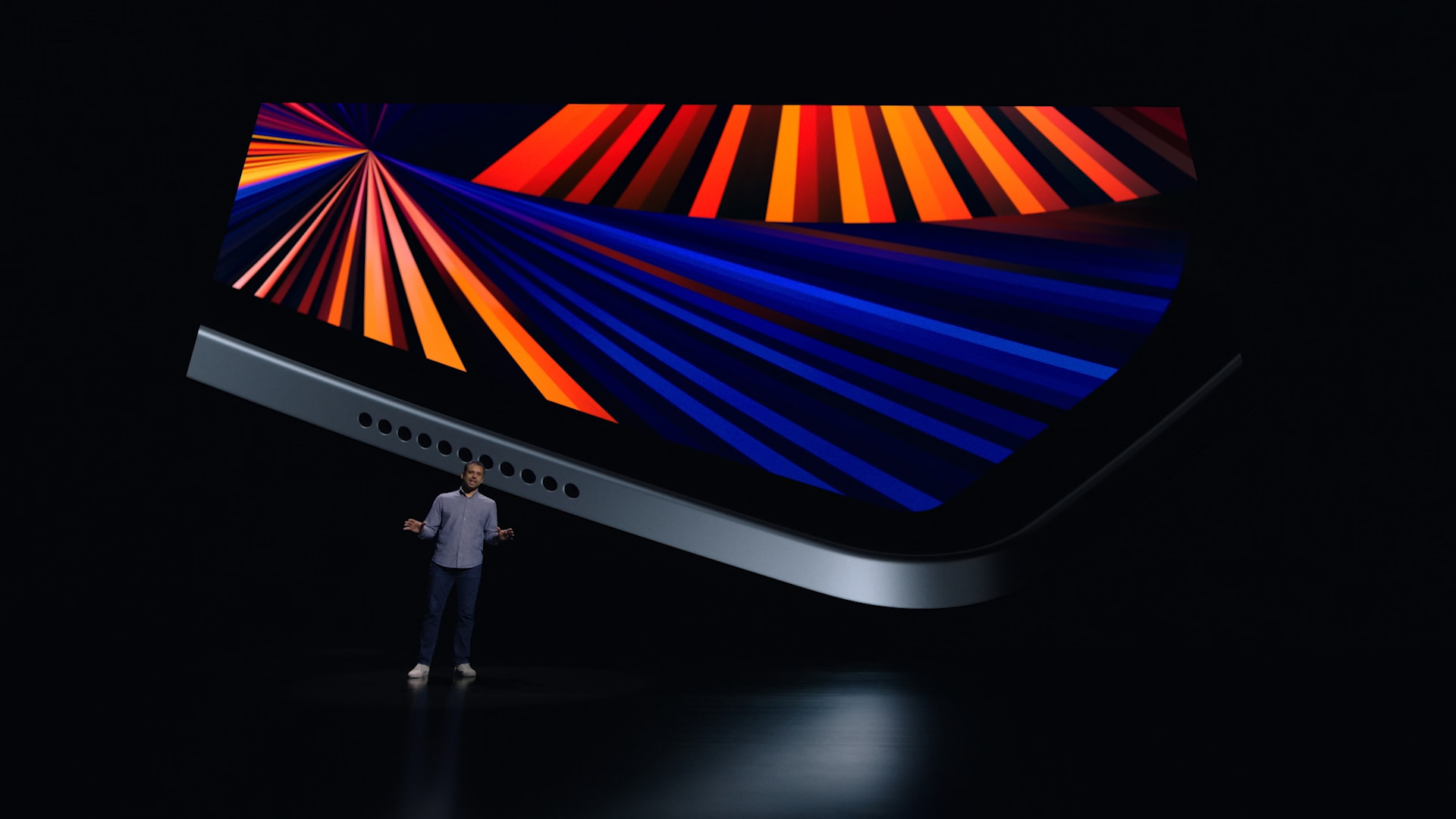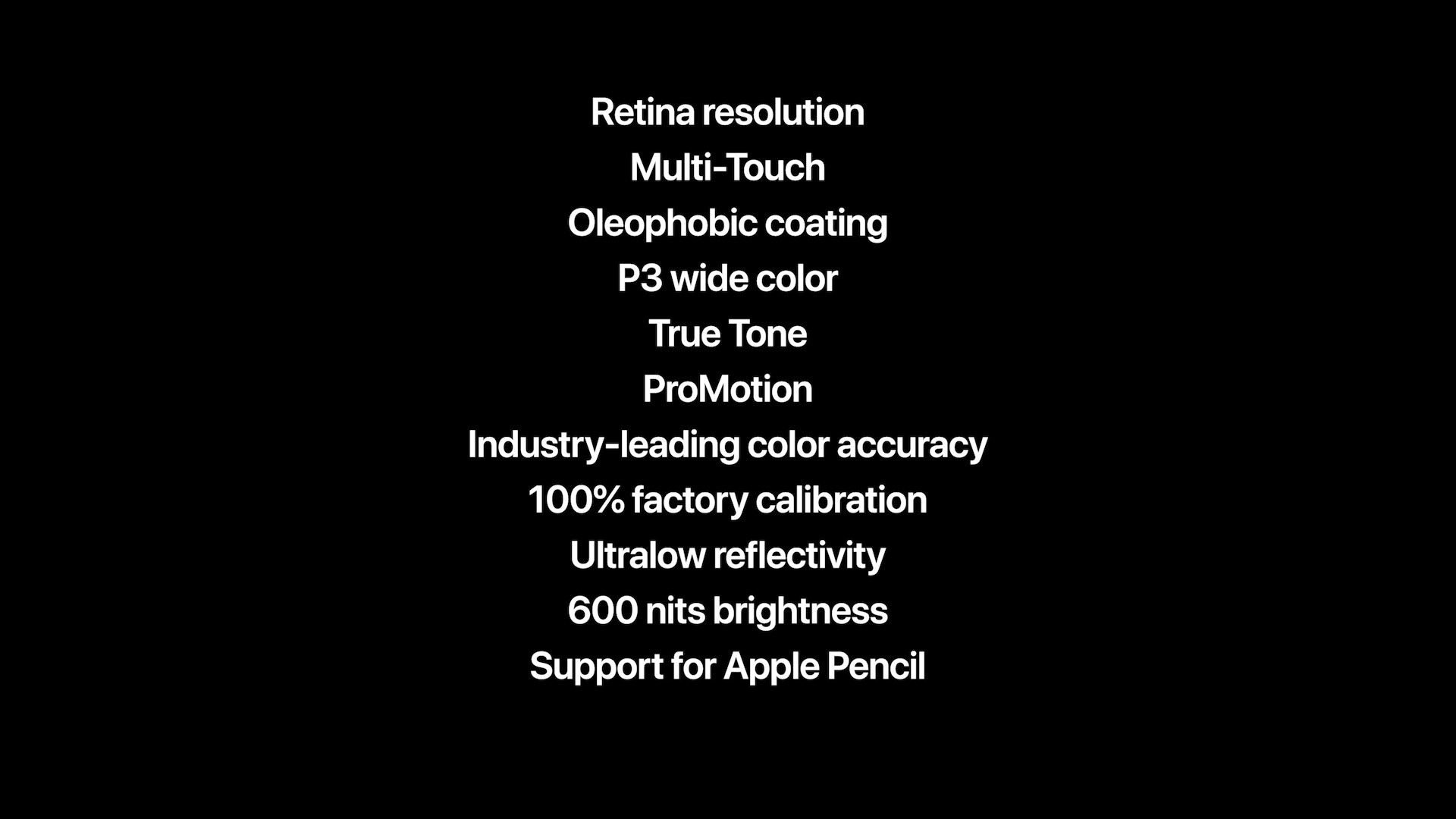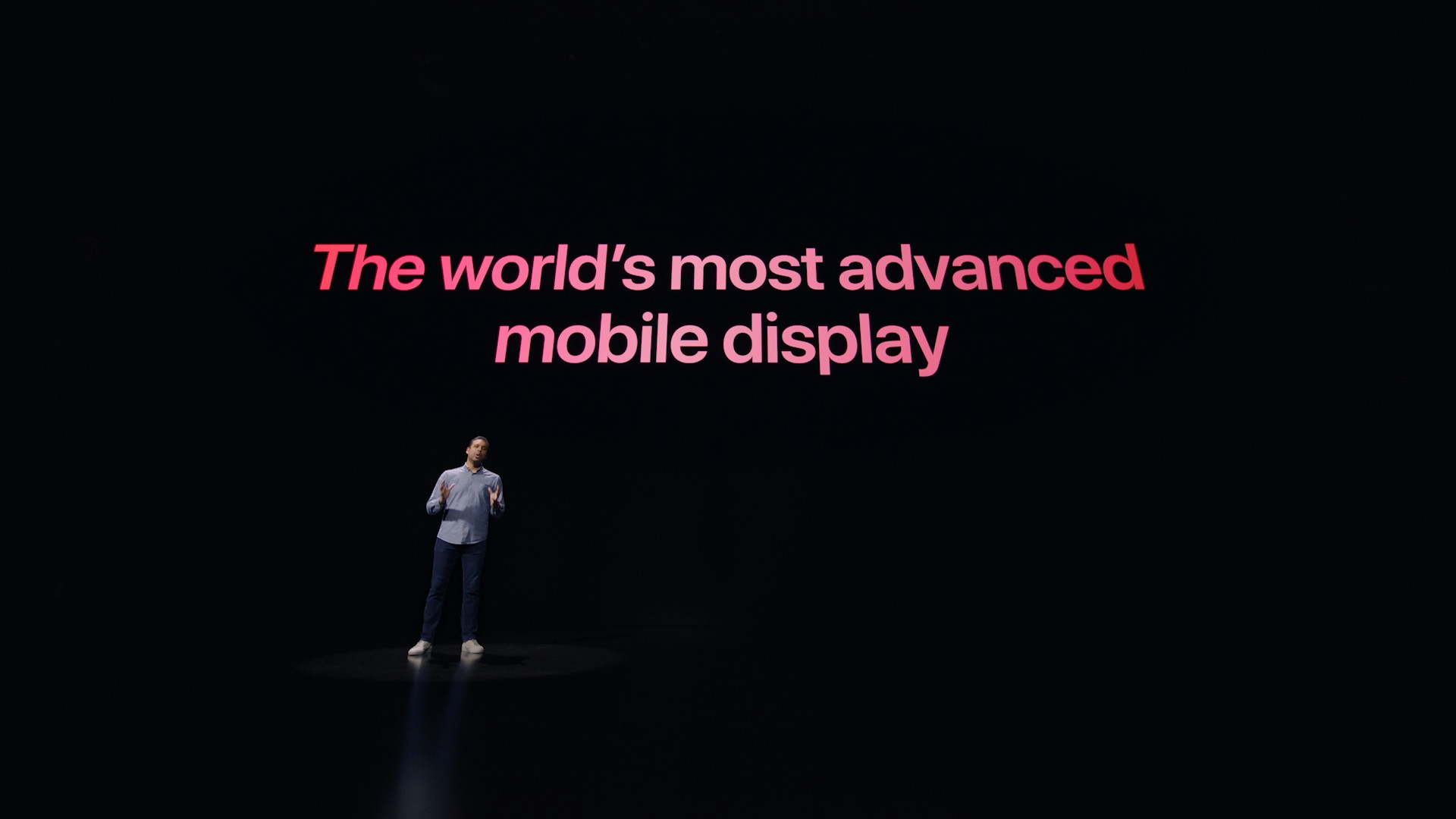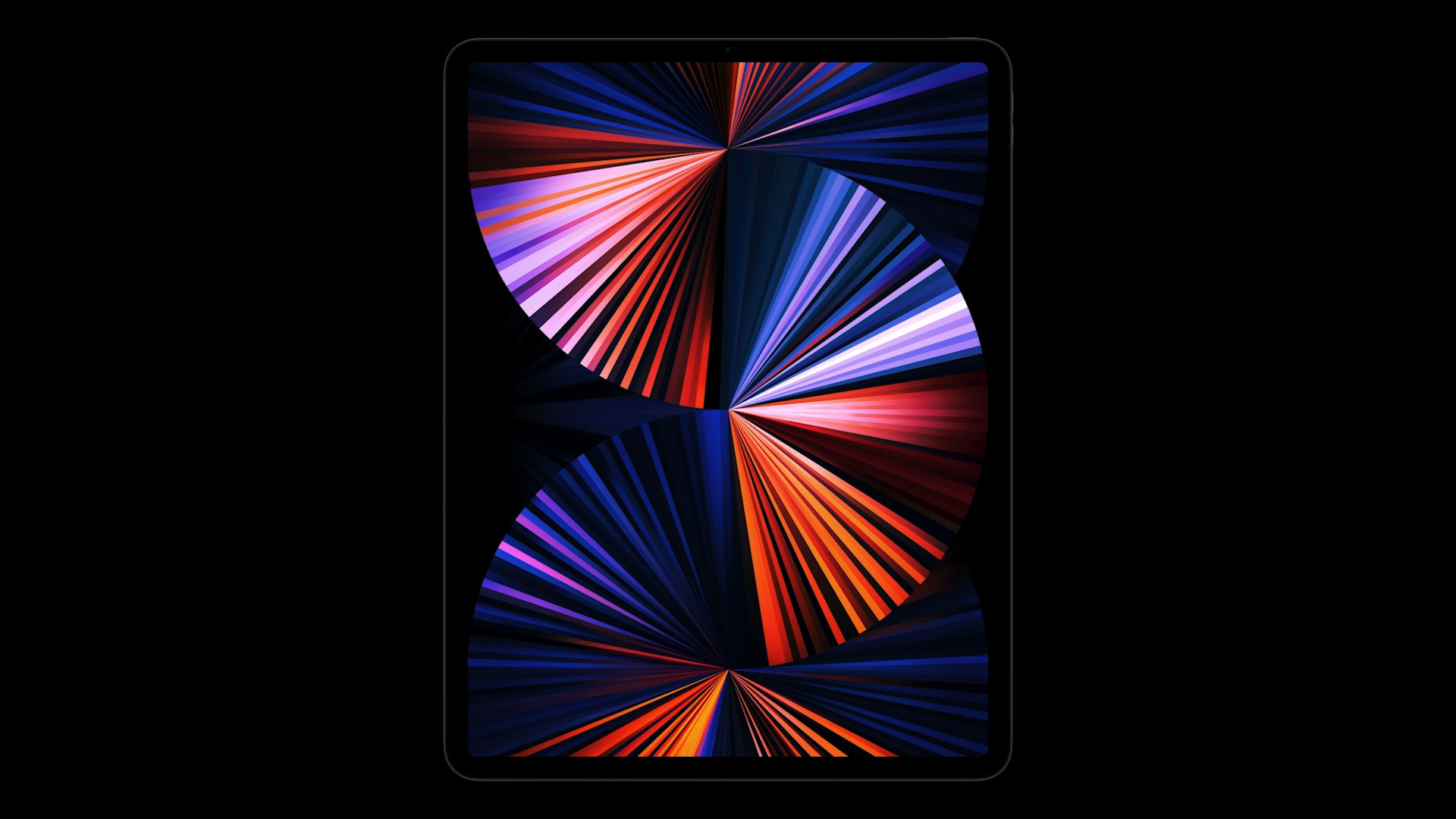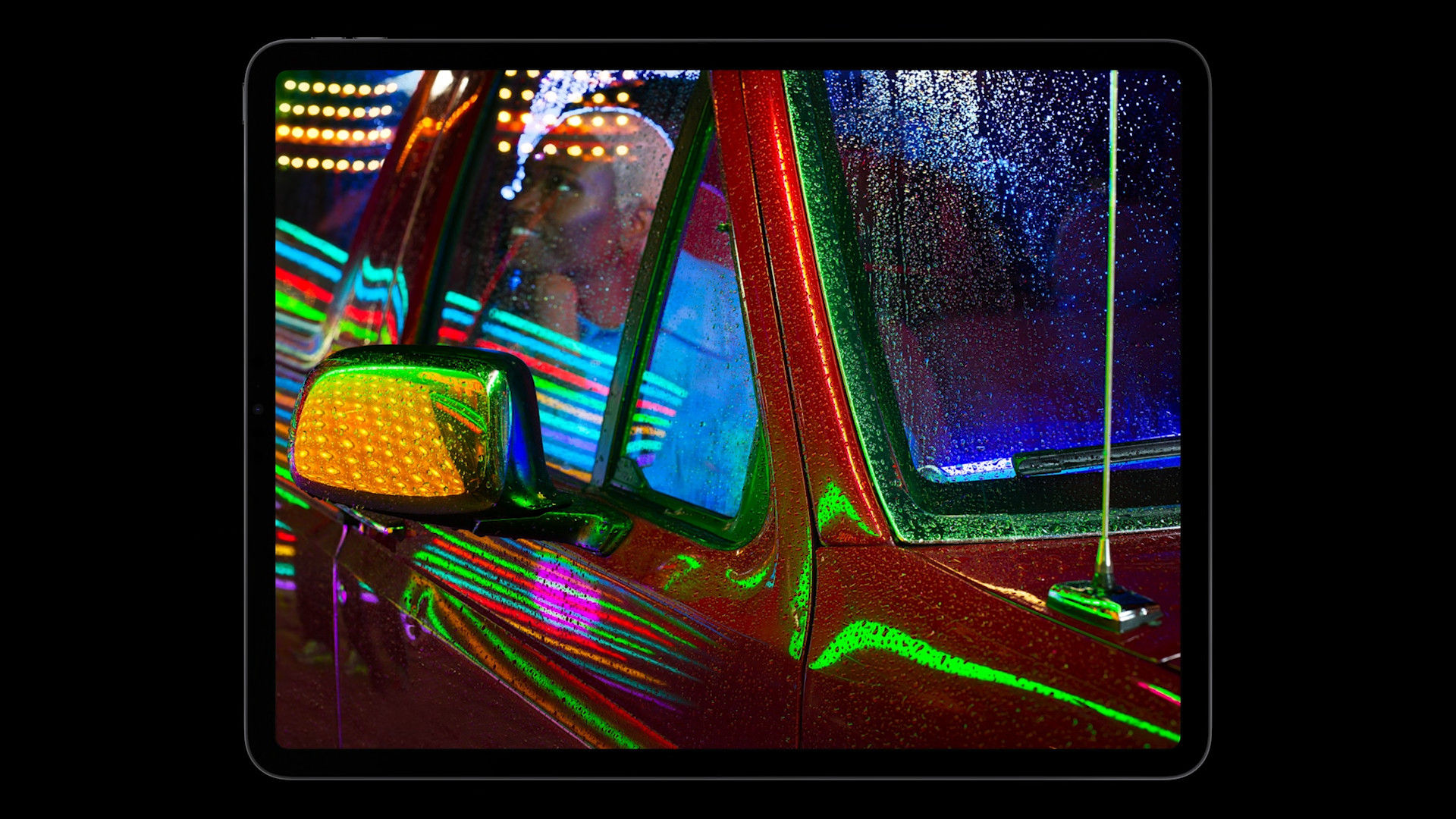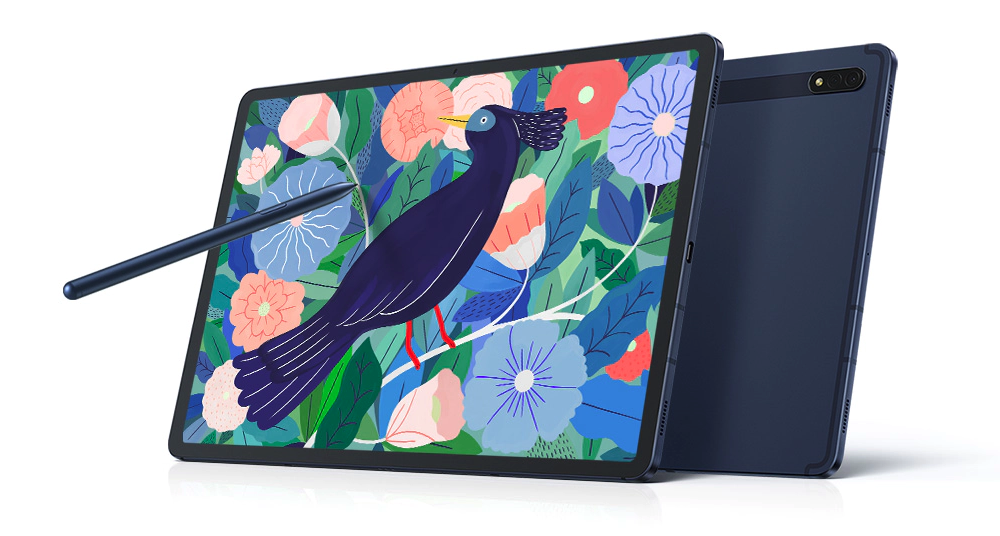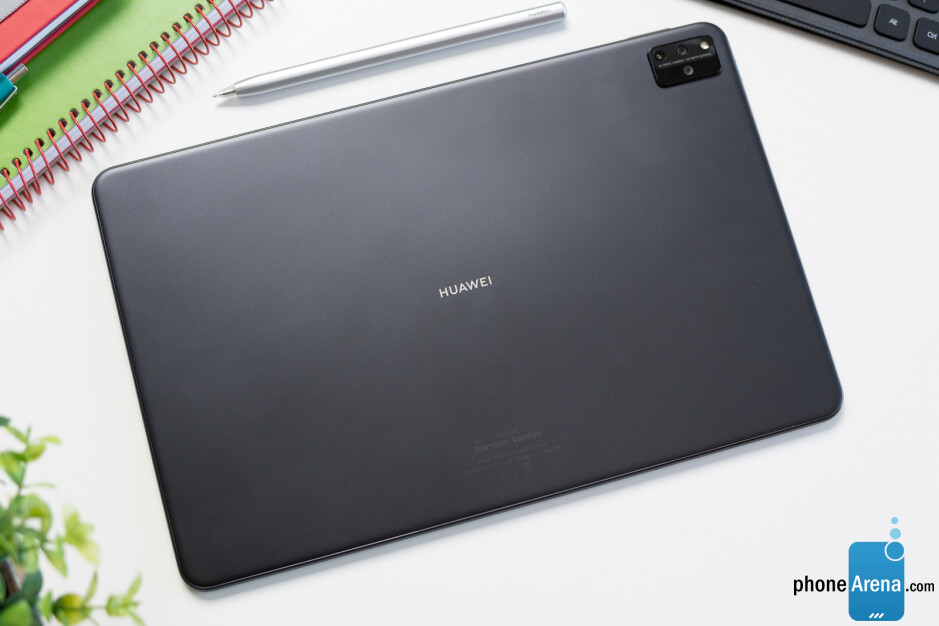However well-designed and feature-packed a tablet may be, the level of user satisfaction with such a product is largely based on interaction with its display. After all, you perform all actions through him. But is LCD, OLED or mini-LED better, and what is in store for the future?
LCD
The liquid crystal display (Liquid Crystal Display) is the most widespread because it is a simple, cheap and relatively reliable solution. Apple uses it on the 9th generation iPad (Retina display), the 4th generation iPad Air (Liquid Retina display), the 6th generation iPad mini (Liquid Retina display), and also the 11" iPad for the 3rd generation (Liquid Retina display). However, even though it is a simple LCD, Apple is constantly innovating it, which is why not only the Liquid marking came, but it can be seen, for example, in the integration of ProMotion in the Pro models.
Mini LED
For now, the only representative among iPads that offers display technology other than LCD is the 12,9" iPad Pro (5th generation). Its Liquid Retina XDR display includes a 2D network of mini-LED backlights, thanks to which it offers more dimmable zones than a regular LCD display. The clear advantage here is the high contrast, exemplary display of HDR content and the absence of pixel burn-in, which OLED displays can suffer from. The new 14 and 16" MacBook Pro proved that Apple believes in technology. The 11" iPad Pro is also expected to get this type of display this year, and the question is how the iPad Air (and the 13" MacBook Pro and MacBook Air) will fare.
OLED
However, mini-LED is still a certain compromise between LCD and OLED. Well, at least from the point of view of Apple products, which only uses OLED in iPhones and Apple Watch. OLED has a clear advantage in that organic LEDs, which directly represent the given pixels, take care of emitting the resulting image. It does not rely on any additional backlighting. The black pixels here are really black, which also saves the device's battery (especially in dark mode).
And it is OLED that is relied upon by other manufacturers who switched to it directly from LCD. E.g. Samsung Galaxy Tab S7+ it offers a 12,4" Super AMOLED and a resolution of 1752 × 2800 pixels, which translates to 266 PPI. Lenovo Tab P12 Pro it has an AMOLED display with a display diagonal of 12,6 inches and a resolution of 1600 × 2560 pixels, i.e. 240 PPI. Huawei MatePad Pro 12,6 is a 12,6" tablet with a resolution of 2560 × 1600 pixels OLED display with 240 PPI. In comparison, the 12,9" iPad Pro has 2048 x 2732 pixels with 265 PPI. Here, too, there is a 120Hz refresh rate, although not adaptive.
It could be interest you

AMOLED is an abbreviation for Active Matrix Organic Light Emitting Diode (organic light diode with an active matrix). This type of display is usually used in large displays, as PMOLED is only used for devices up to 3" in diameter.
Micro-LED
If you don't look at the brand, in the end you don't have much to choose between which technologies. Cheaper models usually provide LCD, more expensive ones have various forms of OLED, only the 12,9" iPad Pro has mini-LED. However, there is one more possible branch that we will see in the future, and that is micro-LED. The LEDs present here are up to 100 times smaller than conventional LEDs, and they are inorganic crystals. Compared to OLED, there is also an advantage in a longer service life. But production here is quite expensive so far, so we have to wait for its more mass deployment.
It could be interest you
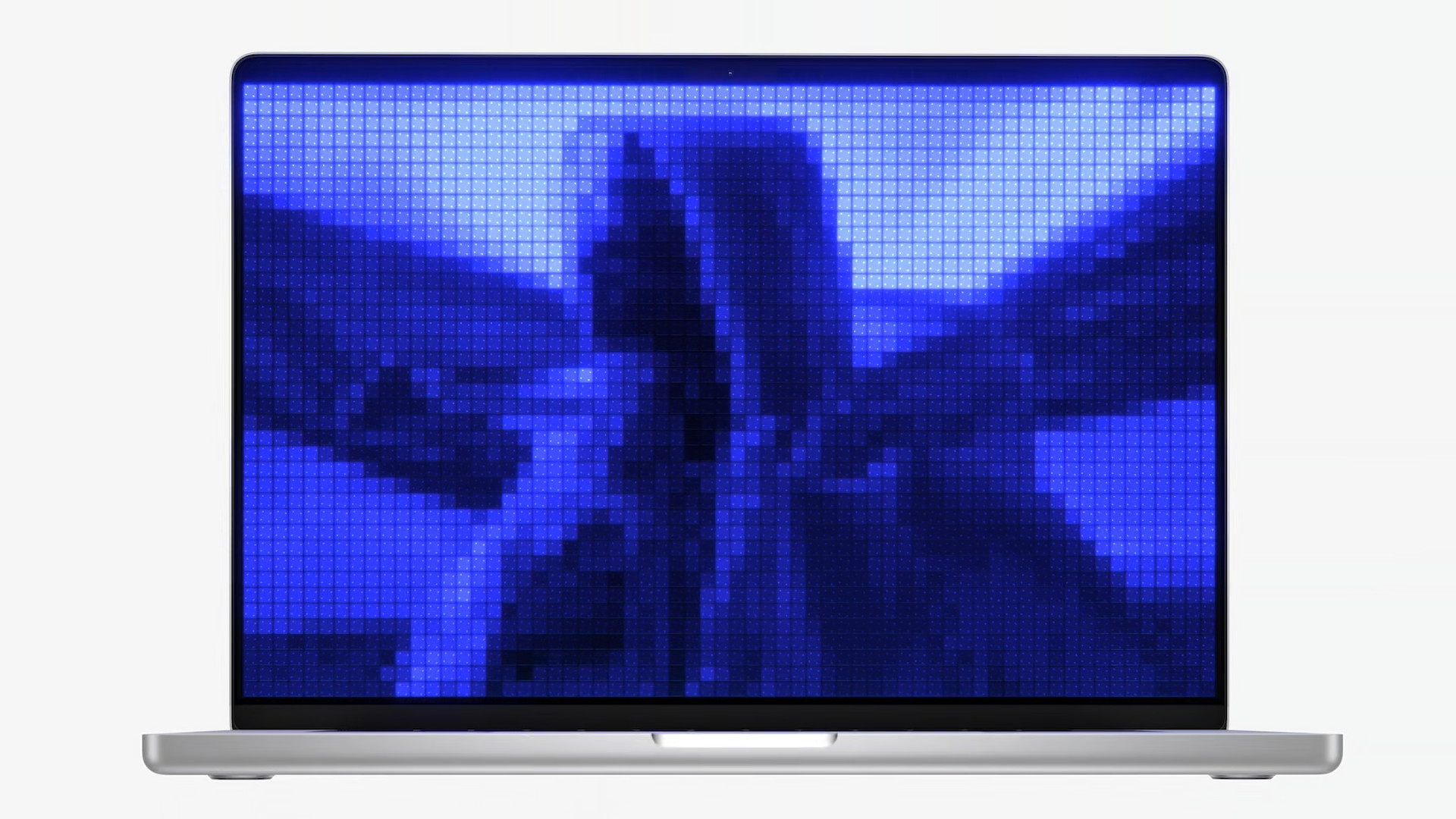
So Apple's steps here are quite predictable. It has already completely switched to OLED for a number of iPhones (the question is what this year's iPhone SE 3rd generation will bring), but it remains with LCD for iPads. If it will be improved, it will be improved within the mini-LED, it is still too early for OLED, also because of the high cost of production.



